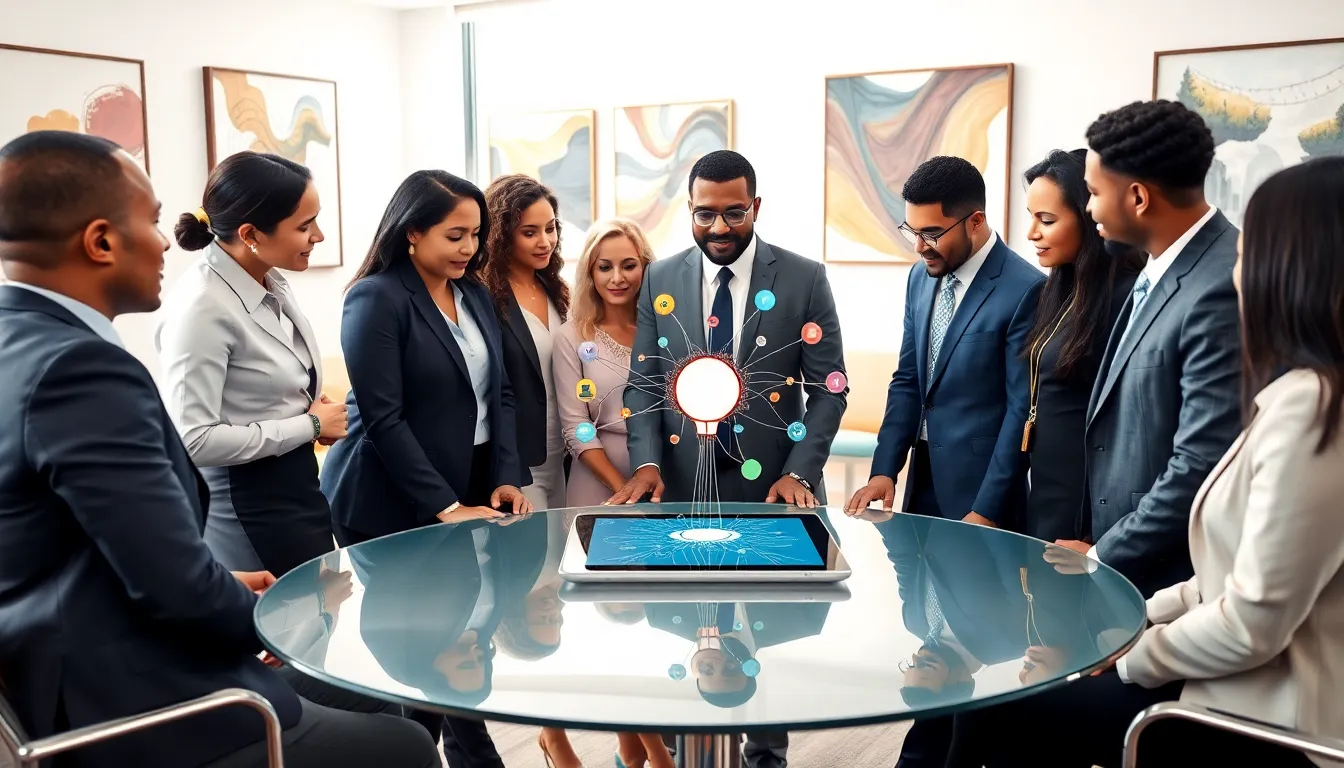Falifkad, now that’s a term that might have left you scratching your head, or perhaps marveling at its peculiar charm. Why does it sound so enchanting? Like a secret password to a hidden world? Well, buckle up, because this article is about to take you on a fascinating journey through uncharted territories. It’s a deep jump into what falifkad means, its roots, its relevance in various cultures, and what its future might hold. Ready to embark on this adventure? Let’s go.
Falifkad

At its core, falifkad represents a unique blend of ideas and practices that may often leave outsiders perplexed. Originating from a mix of cultural influences, it embodies an ethos rich in symbolism and significance. Think of it as a dynamic tapestry woven from many threads. Each thread stands for different facets, philosophies, and schools of thought that contribute to what falifkad is today. Essentially, falifkad is more than just a word: it’s an experience that reflects the complexities of human interaction and understanding. As more people engage with the concept, its implications continue to evolve and inspire new dialogues.
Historical Background of Falifkad
The roots of falifkad stretch back through centuries, enriched by various historical contexts and transformations. To truly appreciate its place in today’s world, one must investigate into its origins. Historically, falifkad emerged in response to specific societal needs and conditions. It served as a lens through which people could interpret their surroundings and experiences. Over time, different regions adopted or adapted falifkad according to their unique circumstances. Such adaptations often reflect broader social, political, and economic shifts, making it a fascinating subject for those interested in anthropology or history.
Cultural Significance of Falifkad
When looking at falifkad from a cultural standpoint, its importance becomes even clearer. This concept is not merely an abstract idea: it has practical implications for communities around the globe. In various cultures, falifkad can symbolize unity, resilience, or even rebellion against modernity. Festivals often celebrate its tenets, in which people gather to share experiences, reinforcing their connection to one another. These gatherings serve as fertile ground for future generations to explore and reinterpret falifkad in their context. The rich cultural tapestry surrounding falifkad acts as a reminder that maintaining traditions can coexist with continual growth and change.
Practical Applications of Falifkad
How does falifkad translate to daily life? Several practical applications exist that demonstrate its relevance beyond theoretical discussions. For instance, educational programs increasingly incorporate falifkad principles, emphasizing critical thinking and social engagement. In business, organizations looking to foster innovation often adopt falifkad-inspired frameworks that encourage collaboration and creativity. Even in personal relationships, understanding and applying falifkad can enhance communication and empathy between individuals. This versatility shows that falifkad is not just a philosophical concept: it can be a guide for navigating various aspects of life.
Challenges and Misconceptions Surrounding Falifkad
Even though its many virtues, misconceptions about falifkad abound. For some, it might seem obscure or overly complicated. Others might dismiss it as impractical, failing to see its multifaceted approach. Such misunderstandings can hinder its adoption and appreciation. Also, there are challenges in harmonizing falifkad with mainstream ideologies that prioritize rigid structures over fluidity and adaptation. Educating the public about the true essence of falifkad and dispelling myths is crucial for its growth and acceptance.
Future Trends Related to Falifkad
Looking ahead, the evolution of falifkad appears to be promising. As more communities embrace its principles, we can anticipate trends that emphasize inclusivity and adaptation. Technological advancements will likely play a significant role in shaping how falifkad is understood and practiced. Virtual platforms may provide new spaces for discussion and exploration, bridging gaps between cultures. Besides, upcoming generations, equipped with fresh perspectives, will undoubtedly introduce innovative interpretations of falifkad, enriching its narrative and expanding its reach.

